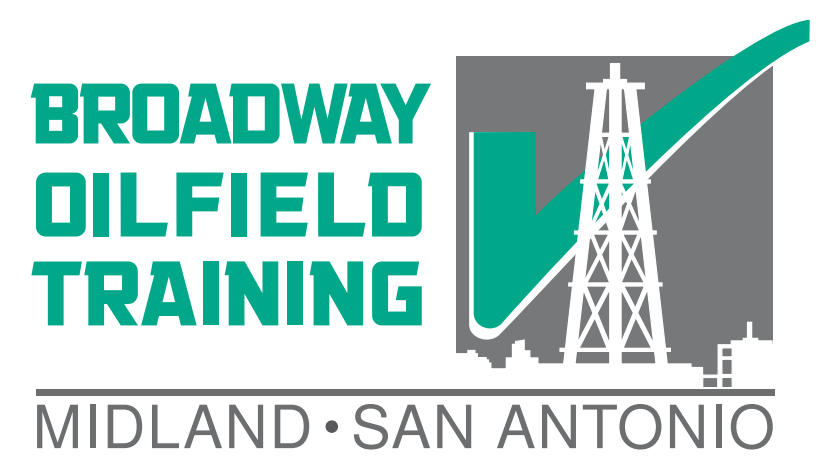Where should I clip my H2S Monitor?
If you work in the oilfields of the Permian Basin then you should know that hydrogen sulfide is a poisonous gas. Even at low levels, the gas can cause serious health effects. According to OSHA, H2S is Immediately Dangerous to Life and Health at levels of 100 parts per million (PPM) or more. Unfortunately, the gas is contained naturally in many oil and gas reservoirs and easily flows to the surface during production operations. H2S monitors are devices that protect people from H2S by alerting them to when the concentration has increased above a certain threshold.
Wear Personal H2S Monitors in the Breathing Zone
To protect ourselves in the oilfields, we must always wear our personal H2S monitor within the breathing zone, because that is the most important air. Clearly, the air that we are currently breathing is the most important because it will have the most immediate impact for our health. When we wear H2S monitors within the breathing zone then that air is sampled more closely. The breathing zone is commonly defined as an area downward and forward from the mouth and nose within at most 9 or 10 inches. Remember that this is the optimum location, but detection is never perfect. The monitor must be in good condition and you must also respect the latency and sensitivity of the detector.
If H2S sinks then wouldn’t the belt or boot work better?
One common error is misplacing an H2S monitor too low in anticipation of low-lying gas. While it is true that H2S is heavier than air and will tend to settle in low lying areas, that does not mean we want to wear the monitor on our belt or boot. Consider opening up a valve or tank at chest level in which H2S escapes at that height. You would want to detect that gas as soon as possible. If your monitor were still low on the belt or boot in those instances, then it might not alarm before the gas has already entered your extremely important breathing zone. For this reason, it is a mistake to wear the monitor low on the belt or boot.
How about wearing it on the back of the hardhat?
Some workers believe it is convenient to wear the monitor clipped to the back of their hard hat, but in reality, this is not a good situation. They believe it is convenient because if they clip the monitor to the back then they can just put on their hard hat every day and they are already wearing their monitor. This, however, neglects the required daily checks to make sure the monitor is working. It also puts holes in the hard hat and wears out the monitor clip. We want your personal protective equipment to be working in top shape and clipping it to the back of your hard hat does not fit the bill.
Recommended Training: Midland H2S Awareness
